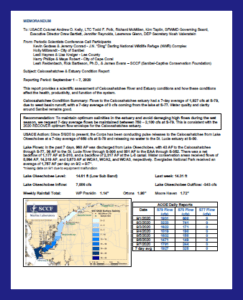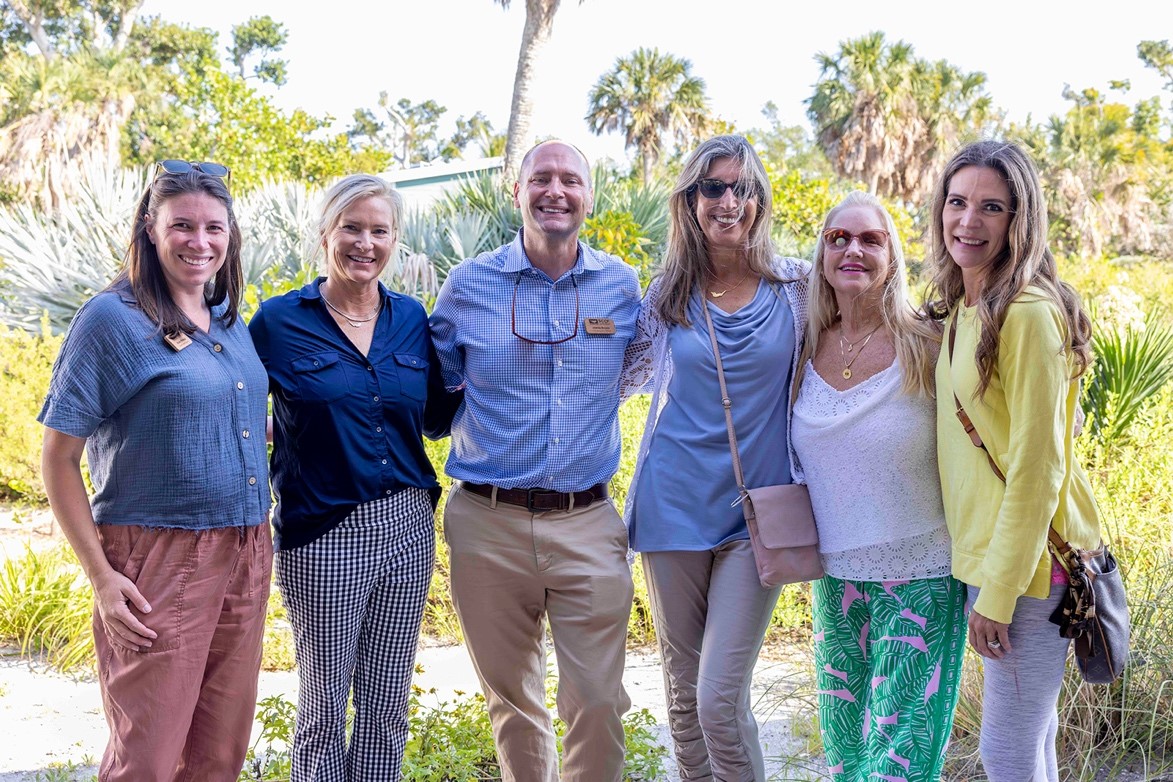|
This report provides a scientific assessment of Caloosahatchee River and Estuary conditions and how these conditions affect the health, productivity, and function of the system. Caloosahatchee Condition Summary: Flows to the Caloosahatchee estuary had a 7-day average of 4,864 cfs at S-79, due to west basin runoff, with a 7-day average of 0 cfs coming from the lake at S-77. Increased watershed runoff from the West Basin in the Caloosahatchee caused a large freshwater plume with high CDOM in San Carlos Bay (video of freshwater plume). With sustained flows >2,600 cfs, we expect low salinities may cause harm to marine organisms in the lower estuary. Recommendation: We request no freshwater releases from Lake Okeechobee until watershed flows drop below 2,100 cfs. Once flows drop below 2,100 cfs, we request 7-day average flows be maintained between 750 – 2,100 cfs at S-79. This is consistent with the 2020 RECOVER optimum flow envelope for the Caloosahatchee estuary. USACE Action: Since 5/8/20 to present, the Corps has been conducting pulse releases to the Caloosahatchee from Lake Okeechobee at a 7-day average of 650 cfs at S-79 and releasing no water to the St. Lucie estuary at S-80. Past reports and background information on Caloosahatchee conditions are available online at: http://sccf.org/water-quality/caloosahatchee-condition-reports
Thank you for your consideration. Kevin Godsea & Jeremy Conrad – J.N. “Ding” Darling National Wildlife Refuges Complex Holly Milbrandt & Dana Dettmar – City of Sanibel Lesli Haynes & Lisa Kreiger – Lee County Harry Phillips & Maya Robert – City of Cape Coral Leah Reidenbach, Rick Bartleson, Ph.D., and James Evans – SCCF (Sanibel-Captiva Conservation Foundation) |

 Please click the image of the report or the link to find this week’s
Please click the image of the report or the link to find this week’s 



